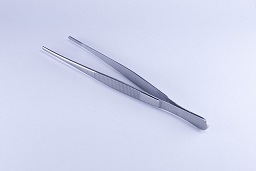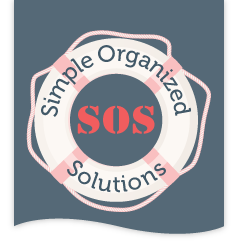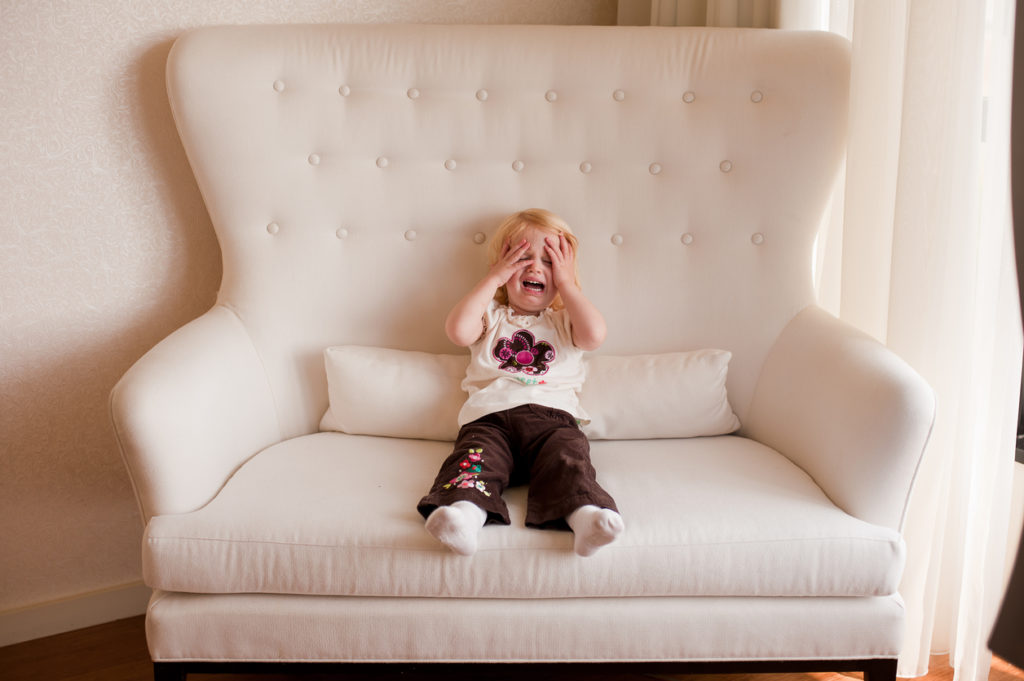 That’s a very good question. What about 9 pairs of scissors, do you really need that many? Or 3 bread makers, do you really need that many? Or that gadget you bought after listening to a very convincing television commercial. It makes a lot of sense to ask yourself these questions about your stuff from time to time.
That’s a very good question. What about 9 pairs of scissors, do you really need that many? Or 3 bread makers, do you really need that many? Or that gadget you bought after listening to a very convincing television commercial. It makes a lot of sense to ask yourself these questions about your stuff from time to time.
We are all surrounded by things in our homes that we may not necessarily need, use, or love. Our things typically come into our lives faster than they go. We get caught up in the day to day activities that make up our lives so we may not notice. And then one day we start to feel a little anxious or stressed and not understand why.
Stress can manifest from many different sources. Clutter is one of those sources. When we have things that we don’t use, or love, they often get stashed away. Sometimes however, they just accumulate in our living spaces. Whether they are behind closed doors, or out where we can see them, these things are still considered clutter and can cause stress.
Rightsizing is a relatively new term, especially in the organizing industry. A lot of people still use the term downsizing. Personally, I believe the term downsizing has a negative connotation. When I first heard this term, it was when corporations were eliminating a lot of jobs. It’s not surprising that one would think negatively when they hear that word.
When older adults move to a smaller home, perhaps a retirement community, or an assisted living facility, you hear the term downsizing. When someone moves out of their home of possibly 45+ years, this is a huge life transition. I like to use the term rightsizing so it doesn’t have such a negative sound.
Rightsizing just means to make their belongings proportionate to their living spaces. Whether they are aging in place or moving to a smaller home, they will feel much better without a lot of clutter. It will also allow them to move around easily which makes for a much safer living environment.
When you make the decision to rightsize your belongings, ask yourself these questions.
• What do I use this item for?
• Where do I use this item?
• How many of this item do I really need?
• Do I have enough space to store multiples of this item?
• Do I use this item every day or just occasionally?
• Have my activities changed?
• Does this item belong to someone else?
The answers to these questions will help you make decisions on whether to keep or discard an item. There are many ways to discard items. You can sell it, recycle it, give it away, or donate it. If the item is broken or doesn’t work anymore, please consider recycling before sending it to a landfill.
Now that you have reduced the number of your belongings, you can use the tips below to organize your keepers. This will help ensure that you don’t end up with more things than your space will allow. You will be able to see how many items that you have so you don’t buy duplicates, and it will keep your clutter under control.
• Return stored items to their owners.
• Keep like items together.
• Store items in clear plastic containers.
• Label containers or shelves with the category of the items.
• Store the item in the room or space where you use it.
• Keep 1 of everything you need, + 1 as a backup if you have multiples of an item.
• Store frequently used items within arm’s reach; infrequently used items farther away, but make sure you can get to it when you need it.
• Take pictures of items that you love but won’t fit in your space, then donate or give them away.


